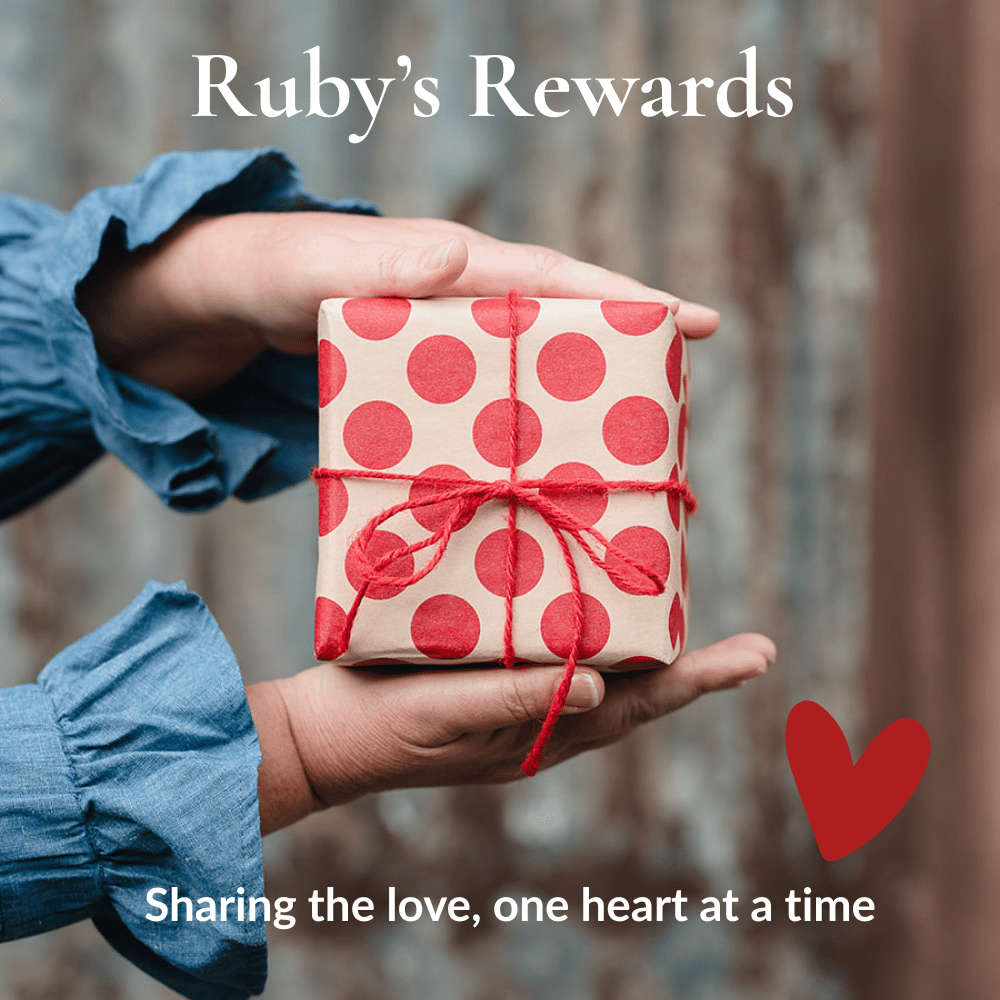Cornishware - Story of the Iconic Blue & White Stripes
This iconic British blue and white striped kitchen and tableware has been collected around the world since 1924 and has evolved with time. Research into the story of Cornishware revealed an interesting history of the brand.

I’ve spent most of my life coveting my Mum’s ample collection of blue and white stripey Cornishware china that she had collected from various antique shops and markets.
My Dad’s dislike for ‘clutter’ meant that when she passed away, he was very happy for me to have it. I lovingly wrapped each gorgeous piece and brought it back to Oz in my suitcase.
There wasn’t a good spot for it in our modern new build in Sydney for my Cornishware so on moving to the Central Coast I was determined that it was given pride of place. There were yucky cupboards and even more revolting lime green glass splashback, which was removed, and open shelves built to display my precious pieces.

T.G. Green was founded by Thomas Goodwin Green back in 1864. He had returned from Australia having made his fortune and discovered the pottery in Derbyshire while on his honeymoon in Scarborough with wife Mary.
One of the company’s most popular lines was always Cornishware, which was first produced in 1924.

The stripes were created using a lathe-turning technique that scraped blue slip away from its beautiful ceramics to reveal white bands of clay beneath. Those distinctive stripes reminded a factory employee of the blue skies and white-crested waves of Cornwall – which is how Cornishware got its name.
The signature colour that we now know as Cornish Blue was referred to as 'E.blue' or electric blue and in 1959 Sunlit Yellow was introduced to the range.

Cornishware was exported and widely available in department stores and individual shops by the 1930’s. It was such a success, soon most kitchens up and down the country had a piece. Cornishware became a household name, adorning homes up and down the country with jugs, plates, and teacups.
Stockists carried a standard range of lettered storage jars, such as flour, sugar, salt, sultanas, raisins, tea, and coffee, but customised wording for jars could be requested by the retailer from the factory. It is a running joke in our home that the sugar is in the jar labelled currants.

Cornishware’s timeless design and enduring popularity meant that the familiar blue and white stripes appeared in children’s books, adverts, magazines, TV shows collectors’ and homes all over the world. From plates to cups to storage jars, the blue and white stripes were such a roaring success that it soon became a household name, adorning dinner tables up and down the country.

In the 1960s, Cornishware’s look was updated by talented young designer, Judith Onions. She restyled the Cornishware range to give it the distinctive shapes that are still in use today.

Unfortunately, the English pottery industry suffered as a result of increased overseas production and imports. As the twentieth century progressed, T.G Green found it increasingly difficult to compete. Several new owners tried unsuccessfully to salvage the business but it sadly closed in 2007.
Lifelong Cornishware enthusiasts, Karina and Charles Rickards and Paul Burston, teamed up with designer Perry Haydn Taylor to come to the rescue of the brand in 2009.
Together they are bringing back production of Cornishware to the UK. Several lines are now made in Stoke-on-Trent and hand decorated in the pottery in the West Country. Today the new T.G. Green produces a range of Cornishware products in an assortment of colours, including the traditional blue and white stripes.

Look out for the green back-stamps that denote the new Made in England products.
Original vintage Cornishware is highly collectible, with pieces in black, green, orange, yellow, red, and blue pieces with rare lettering, selling for particularly high prices. I was very lucky to pick up a piece of the Sunlit Yellow at a French Market for $30. I'm sure the stall holder had no idea what it was.

I discovered Karina Rickard's Instagram account a while ago. Find her at @cornishware_artist where you often can see her sitting at a turning wheel, grinning or singing as she hand paints chunky blue stripes onto a plate. She turns up in stories often and Ruby's Home Store even got a mention.
I’m so happy to see the revival of such an iconic and quintessentially British brand, and it is an absolute thrill to sell Cornishware at Ruby's Home Store here in Australia.
We are gradually adding to our offering so why not start your own collection, just like the one you remember as a child.
Shop Cornishware HERE






Hello Jane. I’ve always admired Cornishware but knew nothing of its origins. I thoroughly enjoyed reading your article so thought I’d write a quick thank you.
Leave a comment